Analogous to Service Design Coordination, Transition Planning and Support has a comprehensive responsibility and beware the big picture of all (parallel) transition activities.
Scope
Transition Planning and Support provides a comprehensive planning for the Service Transition itself and therefore all activities within Service Transition. This includes responsibility for required ressources and skills.
Activities
As Transition Planning and Support is a comprehensive discipline, its main activities are a bit abstract:
- Transition Strategy
- Provide used Standards and Best Practices
e.g. PMI, ITIL 2011, TOGAF - Provide Policies
e.g. IBM as provider for trainings - Models
e.g. re-using artifacts - Stakeholder
- Provide used Standards and Best Practices
- Preparation
- Review of inputs
e.g. Service Design Package - General Planning
- Define a baseline
- Verify Organizational Readiness
e.g. teams are ready for a knowledge transfer, ressources are available, etc.
- Review of inputs
- Planning and Coordination
- Detail Planning
- Establish Program- and Project Management
e.g. to define interfaces via executive departments - Execute Reviews
- Process support
- Consult other parties
e.g. based on best practices and experience - Administration
- Comprehensive communication
e.g. for hierarchical escalations - Surveillance and support
e.g. for supporting projects to deliver in-time, in-budget and based on given policies - Reports
e.g. for stakeholder
- Consult other parties
Typical policies, which are provided by Transition Planning and Support are Release-Policies. They define:
- Clear roles and responsibilities
- Frequency based on release types (minor, major, emergency)
- Rules for grouping of content for a change
- Automatization
- Definition of acceptance and take-over criteria
e.g. based on iSTQB. This policy also includes the definition of (virtual) teams and interfaces - Define involved stakeholder for execution, acceptance, handover and Early Life Support
e.g. Early Life Support is completed, once the amount if Incidents is back to normal (SLA suspention)
Please note that Transition Planning and Support is also responsible for escalations and in case of issues.
Critical Success Factors
The following items are examples:
- CSF: Ability to understand and manage of dependencies between quality, costs and time
- KPI: Amount of releases, which were in-time, in-budget and in-quality
- CSF: Effective communication to stakeholder
- KPI: Customers and users are statisfied with Service Transition
- CSF: Established risk management for failures and incidents
- KPI: Amount of failures, incidents and delays
- KPI: Successrate of Service Transitions
- CSF: Coordination of process activities
- KPI: Effectivity of Service Transition processes, systems and interfaces

